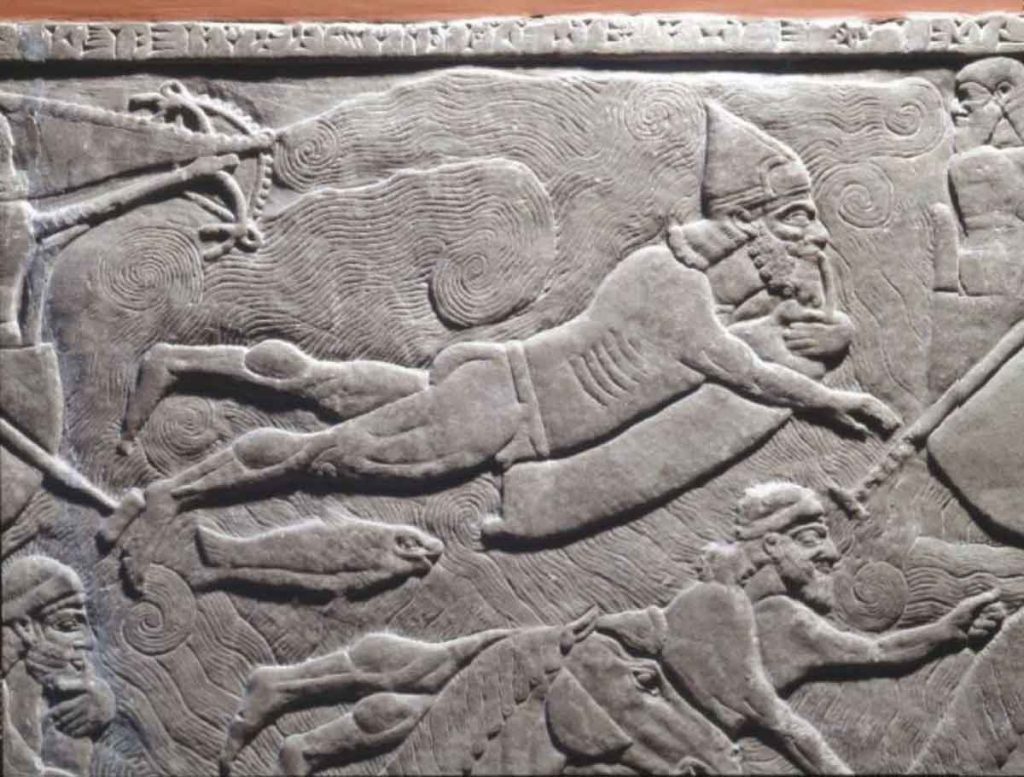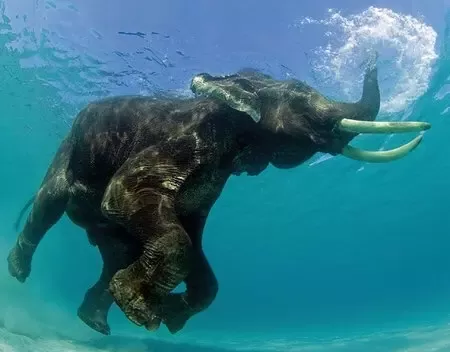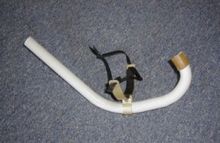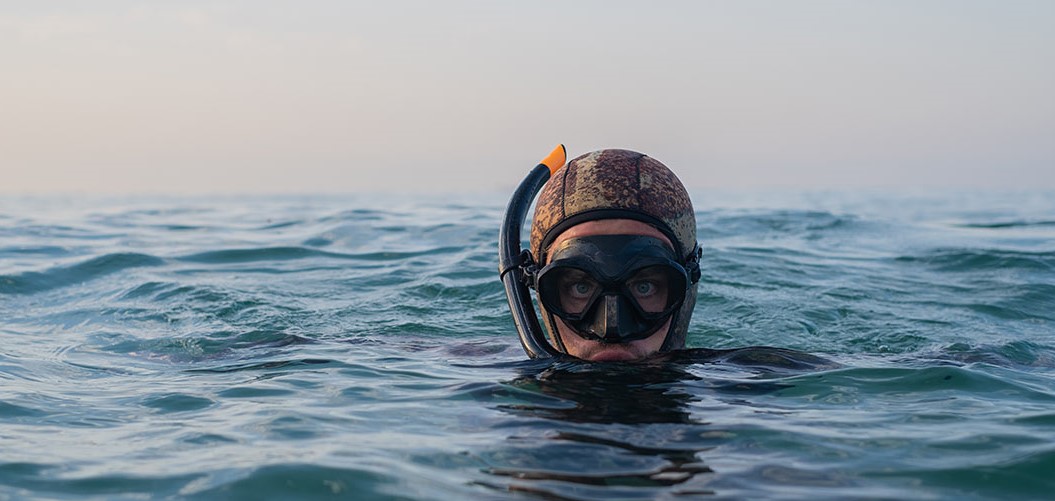Today I am writing about a piece of gear that is often forgotten or overlooked by divers. The simple but essential snorkel. We’ll be looking at the history, the myths and the reasons why snorkels are what they are today.
History of Snorkeling

Ever since the dawn of humanity, humans have always been fascinated with the ocean and what lies underneath it’s silky surface. For them to achieve this lofty goal, there were a few obstacles. How do we breathe? How do we see?
For the start, we go all the way back to 3000BC. The earliest signs of underwater breathing is performed by farmers in Crete, Greece. They used holed canes to fashion snorkels in order to breathe at a very shallow depth to collect natural sponge used in trade and commerce. This system, although ground breaking at the time, was fraught with problems. Waves would break and flood the tube, the lack of a proper mouthpiece made moving at all a chore and the thin tube meant depth while still breathing was a pipe dream.

Moving on a few years to 350BC. Aristotle was thinking his “deep” and “philosophical” thoughts one lazy summer afternoon, observing an elephant. This particular elephant was wading through a deep river, and holding it’s trunk out of the water to breathe. Hmmmmm. Very intriguing. He grabbed his nearest journal, jotted down what he saw, and the idea that came to him in that moment. An idea, for a breathing tube. Now, this story cannot be confirmed, but it is still the earliest written account of the idea of snorkeling.
Skipping forward a huge chunk of not much going on, we begin to answer that other question. How do we see? It’s all well and grand to have a breathing tube, but what’s the point if we can’t even tell what we’re looking at? Now, this stumped humanity for a long time. Around 1200-1300AD the Persians finely crafted the first set of goggles. It’s believed they were made by thinly slicing and polishing tortoise shells, so as you can clearly see that they were desperate to find out what lay beneath!

Once we had figured out a method of seeing properly underwater, the evolution of breathing underwater could begin. As time went on and on, the mask got refined, and the snorkels became modernized. Fast forward to the 20th century, 1922 to be exact, and the first use of a “breathing tube and mask” took place on the beach of La Croix-Valmer by Jacques O’Marchal.
The first patent for a ‘breathing tube’ was in 1929 and from here on the snorkel went through several changes, adopting different shapes and sizes, becoming more and more like the modern snorkels we know today. The First Use of the Word ‘Snorkel’ was in an advertisement for a breathing tube in 1950.
The Honolulu Sporting Goods Co. urged us to ‘try the human version of the submarine snorkel and be like a fish,’ likely referring to the German word ‘schnorchel.’
Sleek and refined, with lots of options for customization to make your perfect snorkel. Lots of people don’t realize, but that breathing tube attached to your mask is the culmination from thousands of years of thought and endless trial and error. Think about that next time you’re going for a dive!
Snorkel Rules
Over the years, countless experiments have took place to fine tune the simple snorkel. People sat down and thought about this new technology. How can we go deeper? See more? The most obvious thought would be to simply make the snorkel longer. Then you can use it deeper, right? Well, it’s a bit more complicated than that. When you inhale, air enters your lungs, and oxygen from that air moves to your blood, keeping you going. At the same time, carbon dioxide (a waste gas) moves from your blood to the lungs and is exhaled. We, as humans can’t breathe this carbon dioxide, and we need to breathe quite regularly. If you were using a 10m long snorkel, the carbon dioxide wouldn’t have time to completely exit the tube before you need to breathe in again, hence, you’d be breathing it in.

This knowledge somewhat debunks a common movie myth of breathing through a hollow reed. You’ll see the protagonist being chased before jumping into a river and seemingly disappearing, only for the camera to pan underwater to them breathing through a hollow river reed.
In most instances, aside from when you’re floating on the surface, this wouldn’t work. At sea level, every portion of our body is subjected to roughly one bar of atmospheric pressure, which is a heavy load but one we don’t even notice because the pressure within our bodies is maintained at the same level of the air pressure around us. For every meter you descend, the pressure on your body increases by 0.1 bar whereas the air pressure in the tube remains the same. At a depth of 10m you would be breathing under a whole other atmosphere of pressure! This would feel like attempting to breathe through a vacuum, being able to exhale but not inhale due to the pressure on your lungs. A scuba tank fixes this by “regulating” the pressure of the air going into your lungs. I have to give the directors credit though, because at incredibly shallow depths (head right below the surface) this would work. Overall, myth debunked?
Snorkeling is a complex and very thought out activity, reflecting the human curiosity
and the leaps and bounds we will go to for scratching that itch!
